The average Dungeons & Dragons party needs meat shields in the front to absorb damage, healers to stop everyone from dying, and spellcasters to pile the hurt onto their foes. However, D&D isn’t just about combat, as the dungeons that parties explore also present a considerable threat, thanks to the many traps and environmental hazards within them. Fortunately, the Rogue class keeps the Fighters and the Wizards safe from harm, as they are best equipped for dealing with many of the perils lurking around every corner.
The D&D Rogue, Everything you need to know
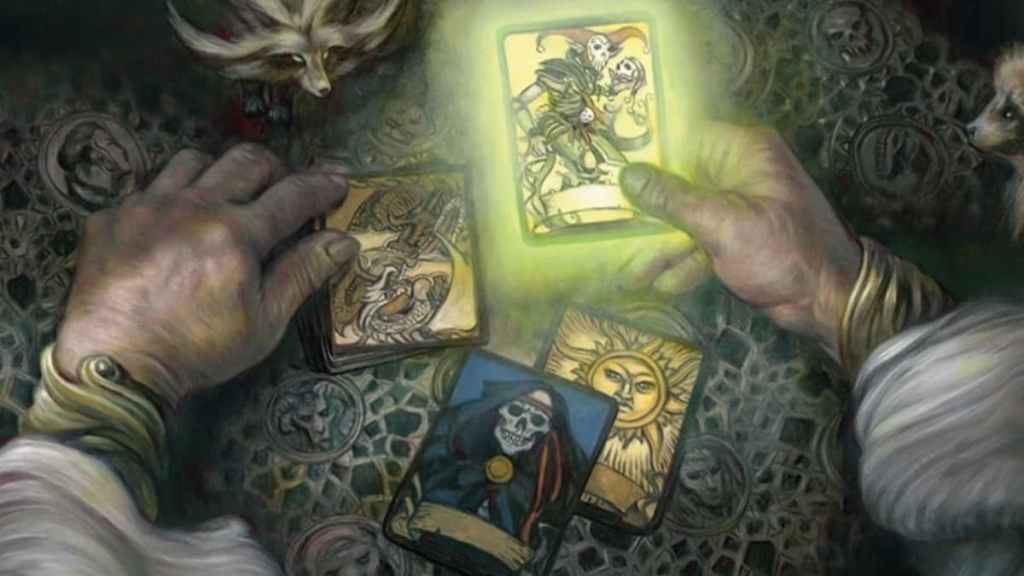
The D&D Rogue class is tailor-made for dealing with problems outside of combat, and they are the best class for avoiding a fight altogether. They have access to many skill proficiencies and languages for this very purpose. This doesn’t mean that they’re a slouch in a scrap, as they have some powerful combat abilities, but they often require the aid of a party member to function correctly.
Related: When Did DnD Come Out & Who Invented It? Explained
Rogues often work best when using finesse weapons in melee combat or just staying out of a fight and using ranged weapons. They also favor light armor, as many of their abilities are tied to movement, evading harm, and hiding from foes. Regarding stats, players should favor Dexterity first, then go for Intelligence (if they want to become an Arcane Trickster later on) or Charisma to aid their skills. A high Constitution is also helpful as a third or fourth choice to keep them alive when the chips are down.
D&D Rogues Are Versatile When It Comes To Character Concepts & Themes
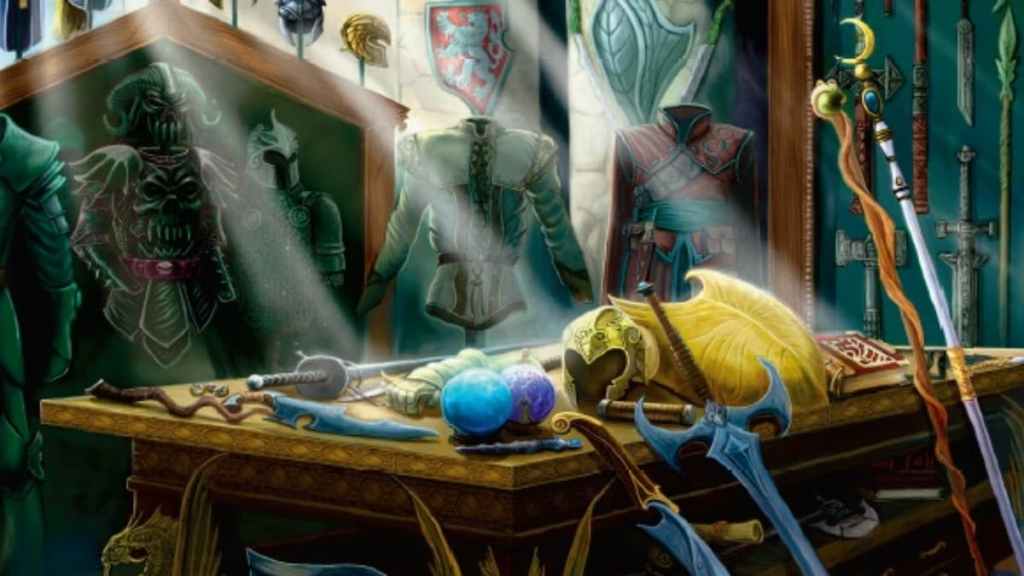
Based on the artwork seen in many D&D products, it wouldn’t be surprising if most new players believed that the average Rogue looks like Garrett from the Thief video game series; a cloaked figure wreathed in black who strikes from the shadows with a well-placed arrow or blade. This is not the case, as the Rogue is one of the most versatile and liquid classes in concept, and players have a lot of freedom to tailor their character around it.
While the Garrett archetype does fit the Rogue, it’s also possible for class members to be charming spies, brooding vigilantes, overconfident mobsters looking to make a quick buck, smiling hitmen, military scouts, confidence tricksters, dashing swordsmen, surly pirates, and daring treasure hunters. If you ever wanted to make a D&D character based on Batman, James Bond, Monkey D. Luffy, Errol Flynn, Leon the Professional, Tony Soprano, or Harley Quinn, then this class has you covered.
Easy Character Race Choices For A D&D Rogue
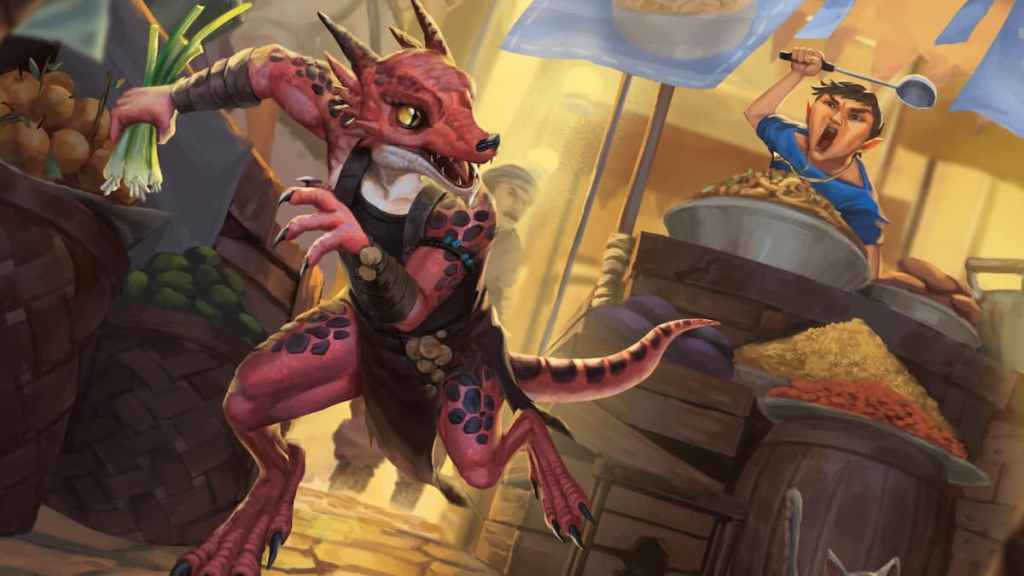
Since Wizards of the Coast introduced the Tasha’s Cauldron of Everything racial stat bonus rules, there are no longer any right or wrong answers when selecting a player race for your character. Just go with whatever you like and run with it.
The people who are eager to have some material in-game advantage have some options available to them for the Rogue class. The Player’s Handbook has the wood elf, which has 5ft extra movement speed and more options for hiding outdoors, and the halfling, which can move through larger creature spaces and always rerolls a 1 on attack rolls, saving throws, and ability checks.
Regarding alternate books for D&D character race options, there is the Bugbear and the Changeling races from Mordenkainen Presents: Monsters of the Multiverse. The Bugbear deals an additional 2d6 damage against creatures that haven’t taken their turn yet, while Changelings can alter their appearance at will, which is helpful for a class that is used to sneaking around.
How To Use The D&D Rogue’s Class Abilities
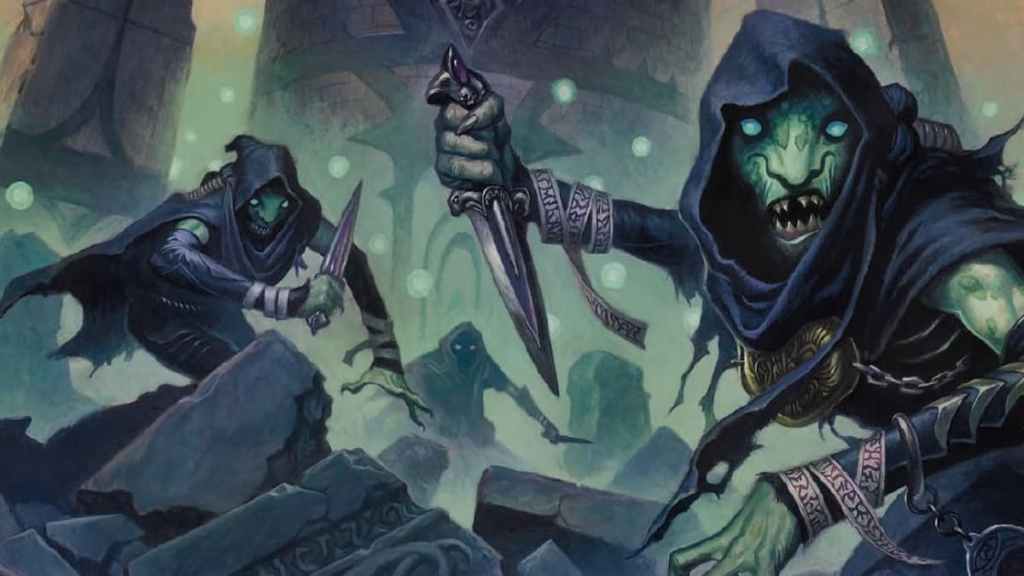
The Sneak Attack class feature is the main weapon the Rogue uses in combat, and we discuss it in more detail in our guide to Sneak Attacks. In short – If the Rogue has Advantage on an attack or if an ally is within 5ft/1 battle map space of the enemy, then the Rogue rolls additional Sneak Attack damage based on their level.
Sneak Attack is the Rogue class feature that will come up the most during combat, but there are other abilities gained from levels 1-5 that provide a lot of help inside and outside the dungeon.
- Expertise – You double the Proficiency bonus on two of your skills (in most cases, this will raise the bonus from +2 to +4). You get to select two more skills at level 6.
- Thieves Cant – This is a language that is exclusive to the Rogue class, and it’s unusually unreadable through spells like comprehend language, as it’s more of a code language than a traditional one. If you want to incorporate an example of something from real life into your character, look up examples of Cockney rhyming slang, Polari, or Carny.
- Cunning Action – This lets you use your Bonus Action each round to either Dash, Disengage, or Hide. Dash lets you move twice in one turn, Disengage lets you move without provoking an Attack of Opportunity, and Hide lets you make a Dexterity (Stealth) check in combat. If the Stealth check is successful, the character will be classed as an Unseen Target, meaning their next attack will have Advantage (and a Sneak Attack) on an opponent that cannot see them.
- Ability Score Improvement – You add +2 to one stat or two +1s to two different stats. If the DM allows it, you can choose a Feat instead. In most cases, the Feat is the better option, as many Feats will also provide stat bonuses.
- Uncanny Dodge – Once per turn, you use your Reaction to half the damage on a weapon attack made against the Rogue this turn. Bear in mind that using your Reaction this way will prevent you from being able to perform an Attack of Opportunity/potential extra Sneak Attack on your turn.
Which D&D Rogue Subclass Should You Pick?
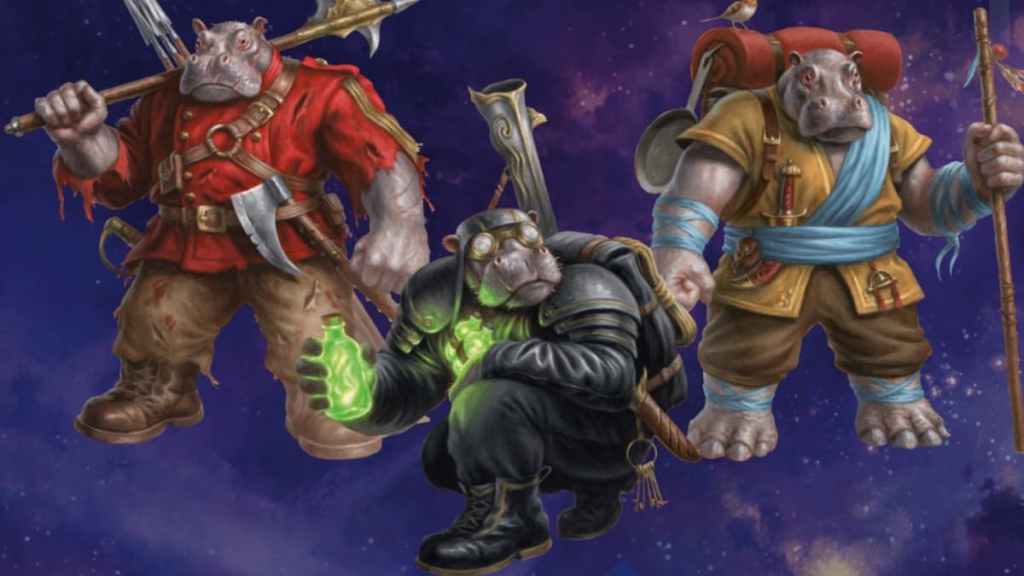
The D&D Player’s Handbook provides three subclass options for the Rogue, which the player selects at level three. Unfortunately, they only get one Archetype Feature until level nine, and most campaigns never get that far. This means that most players will only be able to experience a little of what the Rogue subclasses offer.
- Thief – The Thief is the master of stealth and avoiding detection. At level three, they gain Fast Hands and Second-Story Work. Fast Hands improves the Cunning Action ability, allowing the Thief to use a Dexterity (Sleight of Hand), the Use an Object action, or use thieves tools to open a lock/disarm a trap for the cost of a Bonus Action. Second-Story Work lets the Thief climb faster without penalty and lets them add their Dexterity modifier to the result when making a running jump.
- Assassin – The Assassin is the master of killing enemies while remaining hidden. They gain proficiency with the disguise kit and poisoner’s kit items, but what makes this class special is the Assassinate feature, which gives them Advantage on any attack roll against a creature that hasn’t taken its turn in combat. If that attack hits, then it’s automatically a critical hit. This means Assassinate can make a double damage Sneak Attack during the first round of combat, which is a very potent move.
- Arcane Trickster – These are Rogues who use magic to bolster their abilities. They gain spells from the Wizard spell list, with Intelligence as their prime attribute for the class, so only smart Rogues need apply. They also gain the Mage Hand Legerdemain ability, allowing them to use the Mage Hand cantrip to steal items, stow objects, or use thieves’ tools from a safe distance.
Related: D&D Reveals First Look At Upcoming Dungeon Master’s Guide
Why Every D&D Party Needs A Rogue

There are many choices regarding meat shields, arcane spellcasters, or divine spellcasters in D&D, but few classes own their role more than the Rogue. Any campaign with a dungeon exploration element will make the Rogue one of the essential classes in the group, as they are experts at dealing with danger. Still, even the parties in low-combat campaigns will benefit from a Rogue, thanks to their breadth of skills and abilities. Just remember that you have a lot of leeway when it comes to making a Rogue character and their personality need not be defined by their profession.

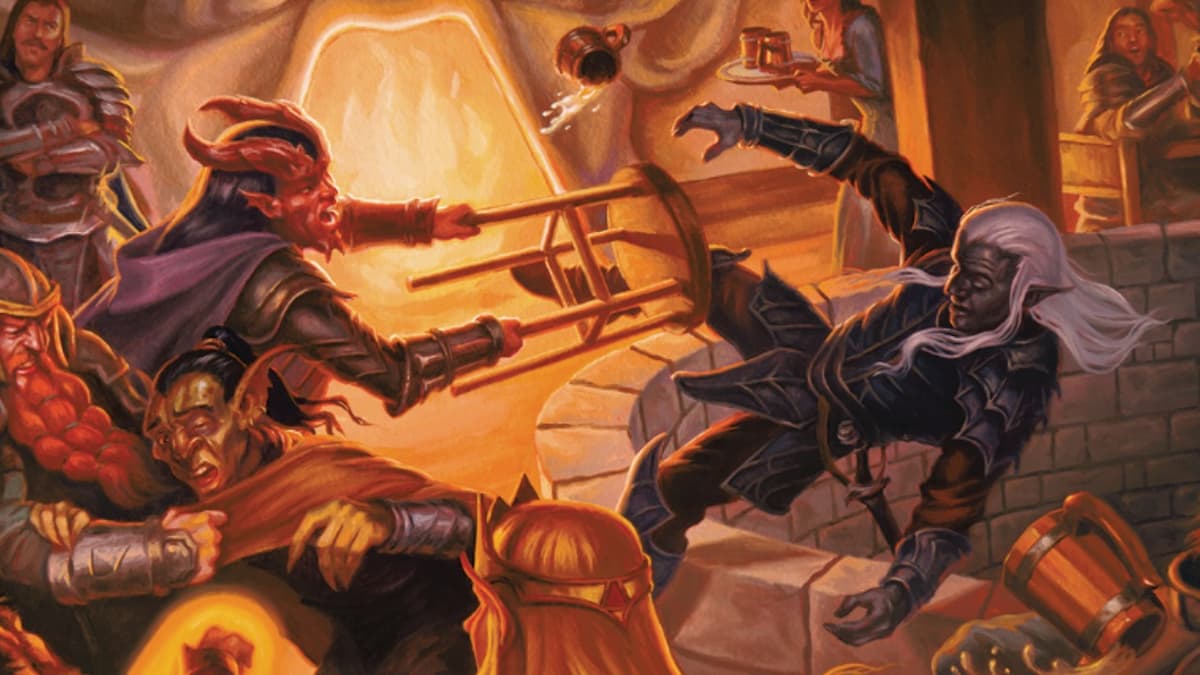


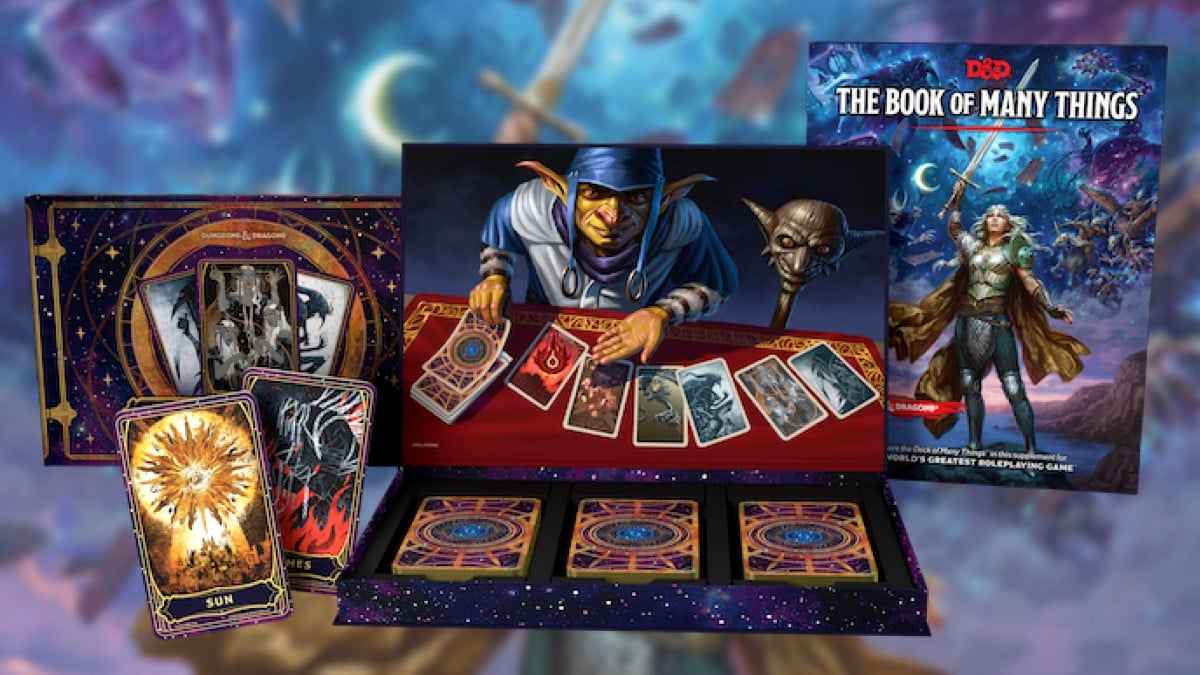
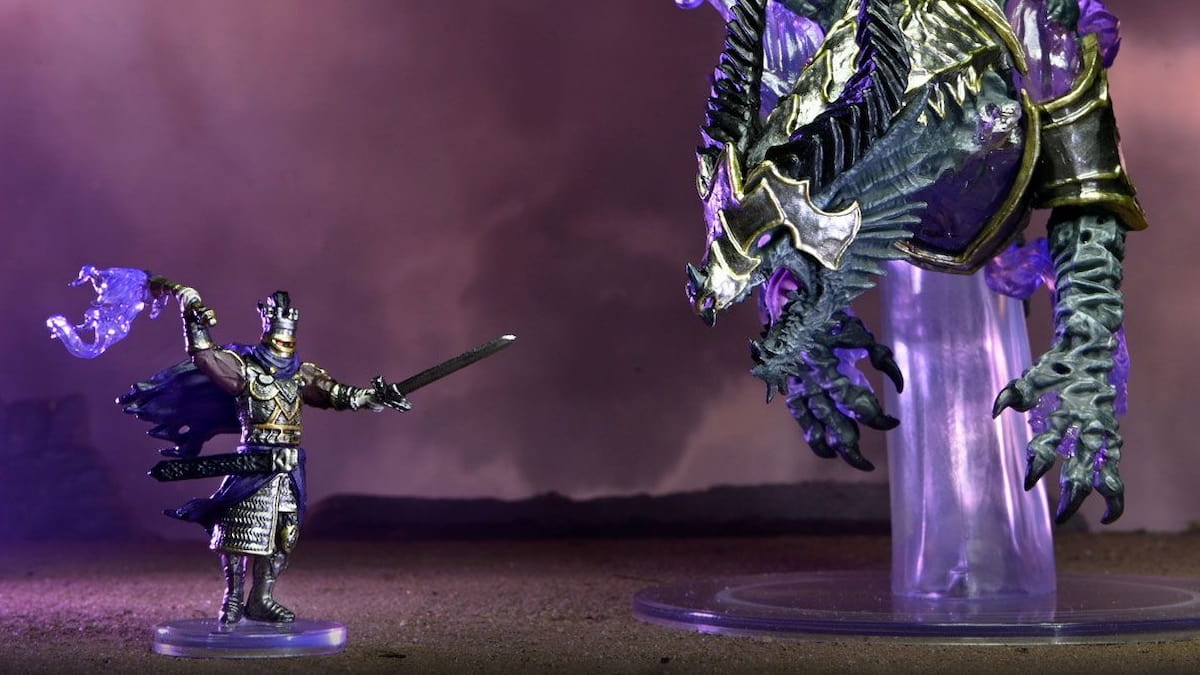
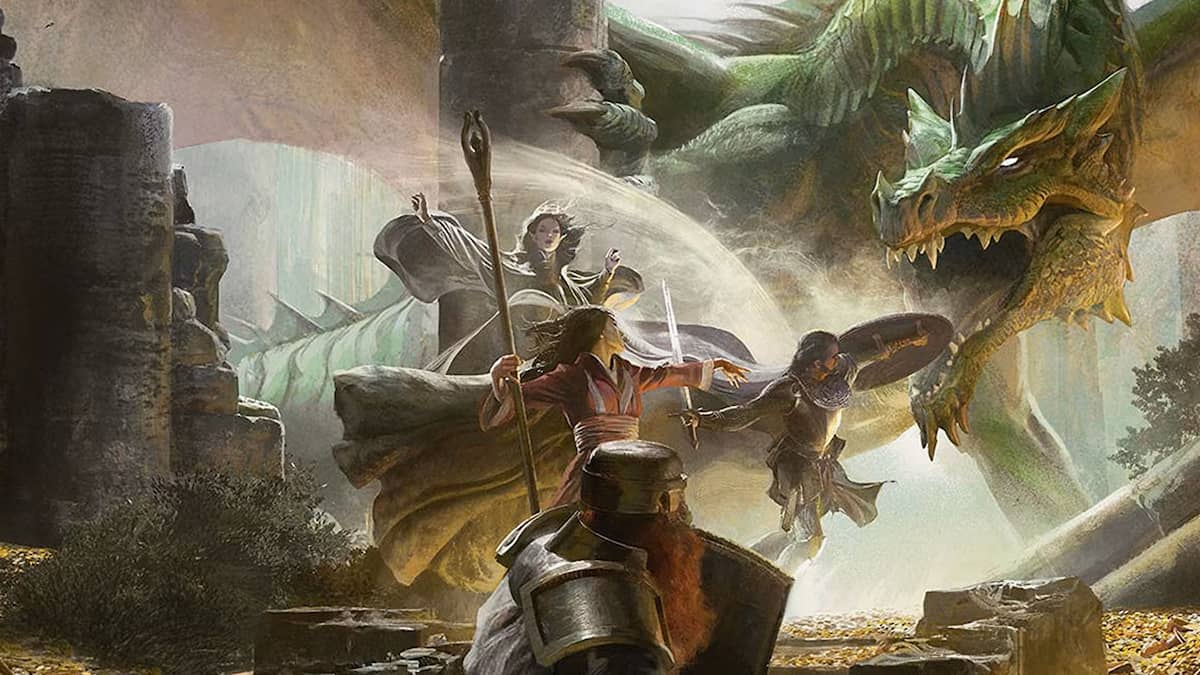
Published: Apr 20, 2023 03:31 pm